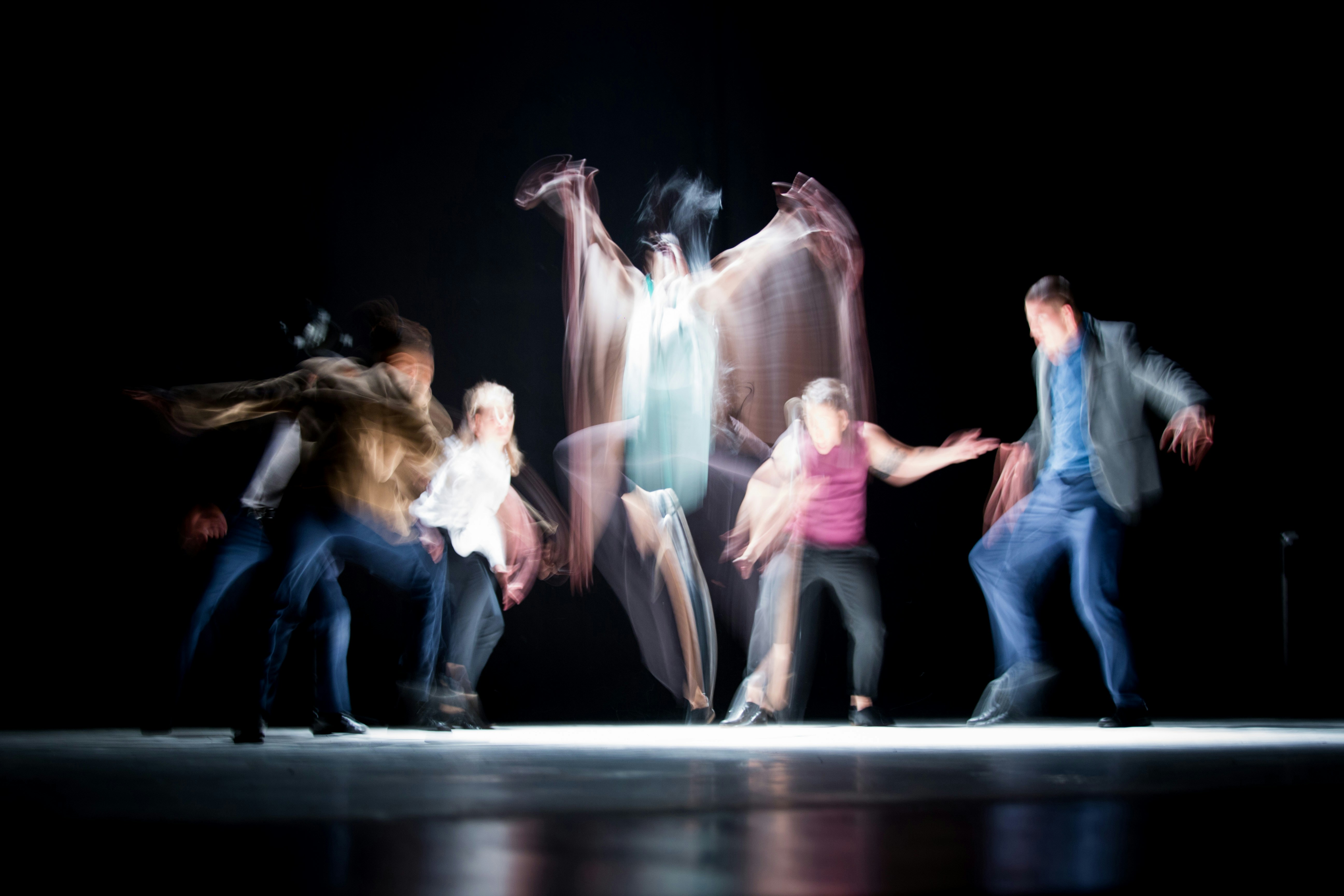Rethinking Performance: The Emergence of Virtual Reality in Theatre
Introduction: Virtual reality (VR) has taken many industries by storm, and the theatre industry is no exception. This article delves into the rise of VR in theatre, tracing its historical development, examining its current status, and envisioning its future impact on the world of performing arts.

A New Stage: The Birth of VR in Theatre
The 21st century has brought with it a wave of technological advancements, and virtual reality has emerged as one of the most groundbreaking. The history of VR in theatre is relatively brief, with its first major application in the early 2000s. It was then that theatre directors began experimenting with this technology, integrating it into performances to offer audiences a more immersive experience.
Current Scene: VR Theatre Today
Fast forward to today, and VR has become a staple in various theatre productions worldwide. Companies like the National Theatre in the UK and To Be With Hamlet in Denmark have produced full-length VR plays, allowing audiences to experience theatre like never before. These productions place viewers at the heart of the action, giving them a 360-degree view of the performance.
The Showstopper: Impact of VR on Theatre
The advent of VR in theatre has revolutionized the way audiences experience performances. It’s bridging the gap between traditional theatre and technological advancement, offering a new form of storytelling that’s immersive, interactive, and incredibly engaging. Critics and audiences alike have lauded VR theatre for its ability to transport viewers into the world of the play, heightening their emotional connection to the story.
Critics’ Corner: Reception of VR in Theatre
The use of VR in theatre has been met with a generally positive response. Critics have praised its innovative approach to storytelling, lauding the heightened level of engagement it offers audiences. However, some critics argue that VR can detract from the communal experience of theatre, as it isolates viewers in their own virtual worlds. Despite this, many believe the benefits outweigh the drawbacks and see VR as a significant step forward in the evolution of theatre.
The Next Act: Future of VR in Theatre
While VR theatre is still in its nascent stages, its potential is vast. Many theatre professionals believe that as VR technology continues to evolve, so will its application in theatre. Future advancements could see more interactive elements introduced, giving audiences even more control over their viewing experience. VR theatre may also become more accessible, with VR headsets becoming more affordable and widespread.
In conclusion, the integration of VR in theatre is a fascinating development in the arts and entertainment industry. It offers a fresh, unique perspective on traditional theatre, opening up new possibilities for storytelling and audience engagement. As VR technology continues to advance, it will undoubtedly continue to shape the future of theatre in exciting and innovative ways.





